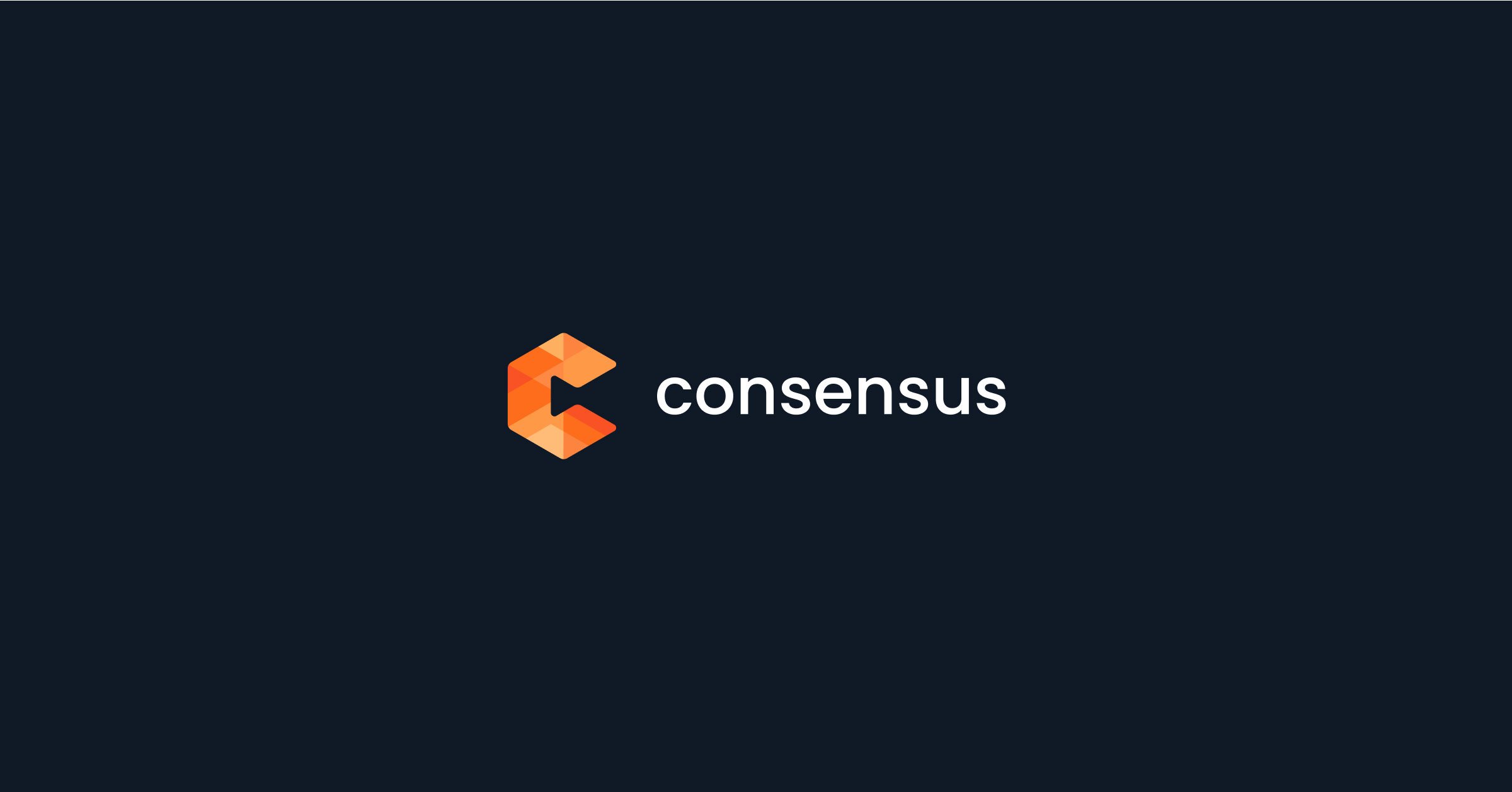Garin Hess is a serial entrepreneur with over 20 years of hands-on in-the-trenches experience. ...
Close more deals with
Demo Automation.
Watch a Demo
Sales professionals are always looking for ways to speed up their sales operations, increase conversion rates, and improve efficiency. One aspect of the sales process that has been resistant to change is the product demo. We’ve talked about his quite a bit in previous articles such as The Sales and Marketing Automation Engine, but we’ve like to drill in deeper. Over the course of this blog post, I am going to make the case that demos are costly and inefficient and are damaging profit margins. Here are 5 easy steps that will help you in mapping your sales process. This model will help you identify how much demos cost and identify if they are cutting into your profits.
Step 1: Find out how much of your time is actually spent selling.
The first and most important step is to find out exactly how much of your sales time is actually spent selling. This sounds like an absurd statement but Pace Productivity, a consulting firm based in Canada found that sales professionals only spend about 22% of their time selling. 22%! A large amount of sales time is spent planning and scheduling appointments, processing orders, servicing existing customers, and other administrative duties that, while important to the sales cycle, are not driving new sales. For the purpose of this model, I will be using the data Pace has collected. They found that time is used in the following ways:
Step 2: Map out your customer facing sales processes
There are many different processes required for closing a deal, so finding the ones that are most applicable to your company is key. For simplification purposes, I am going to use a 5 step process: Initial contact, qualifying the prospect, demoing to the prospect, proposing the solution/pricing, and closing. It is important to remember that these are the processes that are only associated with actually selling to the prospect. Marketing efforts such as lead nurturing and prospecting should not be included in this as they are not handled by the salesperson.
Step 3: Map out the time use of each process
This step is important for identifying time consuming, costly, or repetitive processes, ie: the bottlenecks. I built out my model assuming an hour long demo appointment. We talk more about basic demo practices in what is demo automation. These numbers will almost certainly look different for your business, but hopefully this will give you a good idea of what things look like and a framework of where to start.
1. Making initial contact with the prospect. 4% of selling time.
2. Qualifying the prospect. 11% of selling time
3. Demoing/presenting to the prospect. 45% of selling time
4. Proposing a solution. 30% of sales time
5. closing the deal. 10% of sales time
We’ve found that demoing is one of the most time consuming parts of the sales process and that a majority of the demo is extremely repetitious between prospects. Because it is so time intensive, it is a drain on company resources and on your prospect. For more information on why demos are a time drain check out 3 reasons why live demos waste everyone’s time.
Step 4: Assign costs for each stage.
This step will help you quantify the loss/gain of each sales process. For this example, I used the average enterprise sales associates salary around our office in the Salt Lake Valley found on glassdoor.com. The range of salaries was $81,000 – $224,000. This let me find the actual expense of selling which is (sales time multiplied by salary).
|
LOW |
MEDIUM |
HIGH |
|
|
Sales Salary |
$81,000.00 |
$152,000.00 |
$224,000.00 |
|
Cost of overall selling |
$17,820.00 |
$33,440.00 |
$49,280.00 |
The next step is to find out the cost per customer facing sales process by plugging in the time use and multiplying it by the sales salary.
|
Time use |
Low |
Medium |
High |
|
|
Initial Contact |
4% |
$712.80 |
$1,337.60 |
$1,971.20 |
|
Qualification |
11% |
$1,960.20 |
$3,678.40 |
$5,420.80 |
|
Sales Presentation/Demo |
45% |
$8,019.00 |
$15,048.00 |
$22,176.00 |
|
Proposal |
30% |
$5,346.00 |
$10,032.00 |
$14,784.00 |
|
Close |
10% |
$1,782.00 |
$3,344.00 |
$4,928.00 |
|
total |
100% |
$17,820.00 |
$33,440.00 |
$49,280.00 |
We now see that a 1 hour long demo to each customer costs between $8,019 and $22,176 per year per salesperson. This number is intriguing but it only provides half the answer. If every prospect who receives a demo converts into a customer, than this expense is totally justified. But what happens if the conversion rate is not 100%?
5. Add in your sales conversion rates
This is the final piece of the puzzle and the most fascinating. Assigning your sales conversion rates will show you the costs associated with non-converting prospects. Examining the costs from this perspective really drives home which areas are not cost effective or efficient. Since demos are the most time consuming and expensive process, I will expand upon it. Lets use the example of a 30% conversion rate after a prospect receives a product demo. Plugging it into our model we find:
|
LOW |
MEDIUM |
HIGH |
|
|
Cost of sales demo |
$8,019.00 |
$15,048.00 |
$22,176.00 |
|
Conversion |
30% |
||
|
Efficiency loss of demoing to non converting customers |
$5,613.30 |
$10,533.60 |
$15,523.20 |
$5,613-$15,523 is a staggering amount to be losing. Also, remember that these numbers are for a single sales associate. You can imagine how this number builds quickly the larger your sales team. A ten person team could be losing upwards of $150,000 a year on non-converting demos.
While 100% conversion is impossible, there are solutions to increase conversion rates and decrease costs. However, before implementing a solution, it is important to pinpoint the problem.
And there you have it. This 5 step model will help you create a map for your business and identify how much money you are spending on your sales demos. We have a spreadsheet calculator available for you calculate the costs for yourself. What does your sales process look like? What suggestions do you have for increasing conversion rates? Please share in the comments section below. Want to read more on how demos cut into sales time? Read this post: Product Demos are a waste of time: 3 Reasons.


